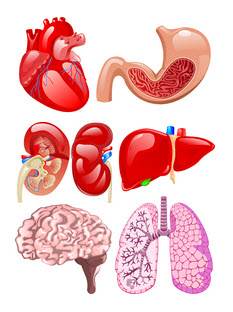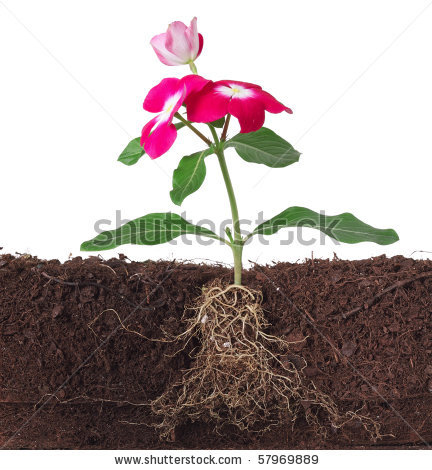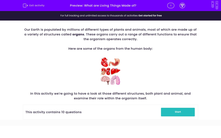Our Earth is populated by millions of different types of plants and animals, most of which are made up of a variety of structures called organs. These organs carry out a range of different functions to ensure that the organism operates correctly.
Here are some of the organs from the human body:

Could you identify what they were? Some of the most vital organs for humans, and indeed most animals, are the heart, lungs, liver, kidneys, stomach, intestines and brain. Each of these organs has a specific job or function to perform to keep the body alive and well. For example, the function of the heart is to pump blood around the body, the brain co-ordinates all the functions of the body, the stomach, liver and intestines all work together to digest food, and the function of the lungs is to enable us to breathe.
Did you know that plants also have organs? Some of the most important organs found in plants are the root, leaf, stem and flower, all of which have important functions to perform. The root and stem are important in transporting water and minerals around the plant, the leaves use sunshine to make food and the flowers attract insects to enable pollination to take place.

Each organ, whether it is animal or plant, is made up of tissues which are groups of the same sort of cell. For example, a leaf is made up of many different tissues: the epidermis, the palisade mesophyll, the spongy mesophyll and the cuticle, to name just a few! An animal's skin also contains different tissues such as the dermal tissue, epithelial tissue and the subcutaneous tissue etc.
In this activity, we're going to have a look at different organs and tissues, both plant and animal, and examine their role within the organism itself.








